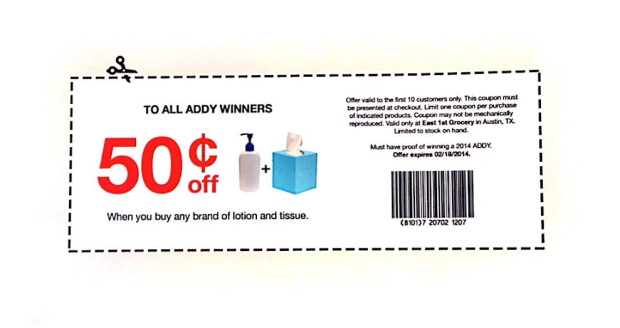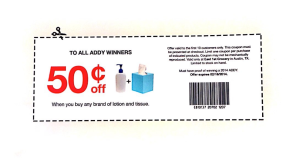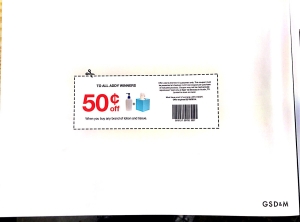In my last post I talked about a local automotive shop that had created a workshop on car care just for women. Recognizing that women control purchase decisions even in typically male areas like cars, business travel and finances is the first step to increasing customer loyalty in these areas. I applaud any business who is making a valiant effort to better serve the world’s toughest customer.
But be aware that one effort or campaign push will rarely be enough . The reason for this? Women aren’t quite as easy and gullible as most marketers estimate us to be. We’ve been “targeted” a lot and are often let down. The result is a fairly cynical group of consumers. As an example, let me take you through an online conversation that occurred after a local women’s group received the invite to the Car Care workshop we talked about. (And by the way, it’s the same sort of conversation that goes on many times a day.)
Woman 1: A Car Care workshop for women? That’s interesting.
Woman 2: Why just for women?
Woman 3: I don’t trust them. I think that’s just a marketing ploy.
Woman 2: I agree, I haven’t ever felt comfortable with their service. I don’t think it’s women friendly at all.
Woman 4: Me neither. It’s just marketing.
Woman 5: Hey wait you guys, the location in my neighborhood is great! I wouldn’t trust anyone else with my car.
Woman 3: Really? Where are you? Maybe it’s worth driving to that location.
A quick note: any retailer or franchise knows that consistency across all stores takes constant vigilance. And that’s certainly one lesson here. But let’s talk about ways that automotive players (and those in other industries with historically poor service for women such as financial services , electronics and health care) can make the most out of every marketing effort.
(I’m re-inserting our video on women and hair here in case you don’t remember how women tend to handle dissatisfaction with service)
For starters, as I’ve said before, women don’t really want to be targeted as much as they just want to be included and treated with respect,. So sometimes “women only” events can backfire. It’s a fine line, but I’m here to help you walk it. Let’s start with the basics:
Don’t talk it before you can walk it
Learn how to provide the right kind of service and sales to women and work the program until you’re confident that everyone in your organization is on board. Women-friendly service needs to become part of the soul of your brand. One reason Dell’s Della launch failed is that being human and women friendly isn’t really part of their DNA.
There are entire courses on how to sell to women so I can’t cover it all here, but the point is to nail this before you start bumping up your advertising to women. Marketing is the last step in the process.
Details matter.
Women are going to notice things in your store that men might overlook. And to her, these details matter. You don’t have to spend a lot, but you do need to buy some white gloves and look sharp. Is the bathroom immaculate? Extra points if there is hand cream and a plant in there. If you have a lounge area, put some women’s magazines on the rack. Most dealerships only have Golf Digest and Field and Stream. Extra points if there’s something to entertain small children. Little things like this communicate, “We value your business and we’re glad you’re here.”
Remember that you’re improving your service to everyone.
Many brands get frustrated when they begin to realize how hard it is to win over the female consumer. “Why should I go to all this trouble? Women are too difficult.”
Well, they are 50% of the population and they control 85% of consumer spending. But the real reason to pay attention to them is that if you can meet a woman’s expectations you will probably exceed those of your other customers. Best Buy is the last big box retailer standing largely because they improved their service to women. And in the process, they improved sales with everyone. Apple is a fabulous example of having women friendly service. It doesn’t seem to be hurting their sales with the other half. Don’t think of this as catering to women. Think of it as raising your service level to the highest bar and believe me, all your customers will see a difference.
Patience grasshopper
One email blast, coupon or full page ad in a women’s magazine will not have women beating down your door. Nor do you need to create a separate ad campaign just for her. Refine your marketing and ad efforts with the same attention to detail that you gave your store. There are visual and verbal cues that speak volumes to women without ever saying the words “women friendly.” Again, I’d point to Apple as a perfect example.
Finally, once you do earn a woman’s trust she will tell others about you. Women recommend brands and services far more frequently than men, so winning this customer may be tough, but it’s worth it.


